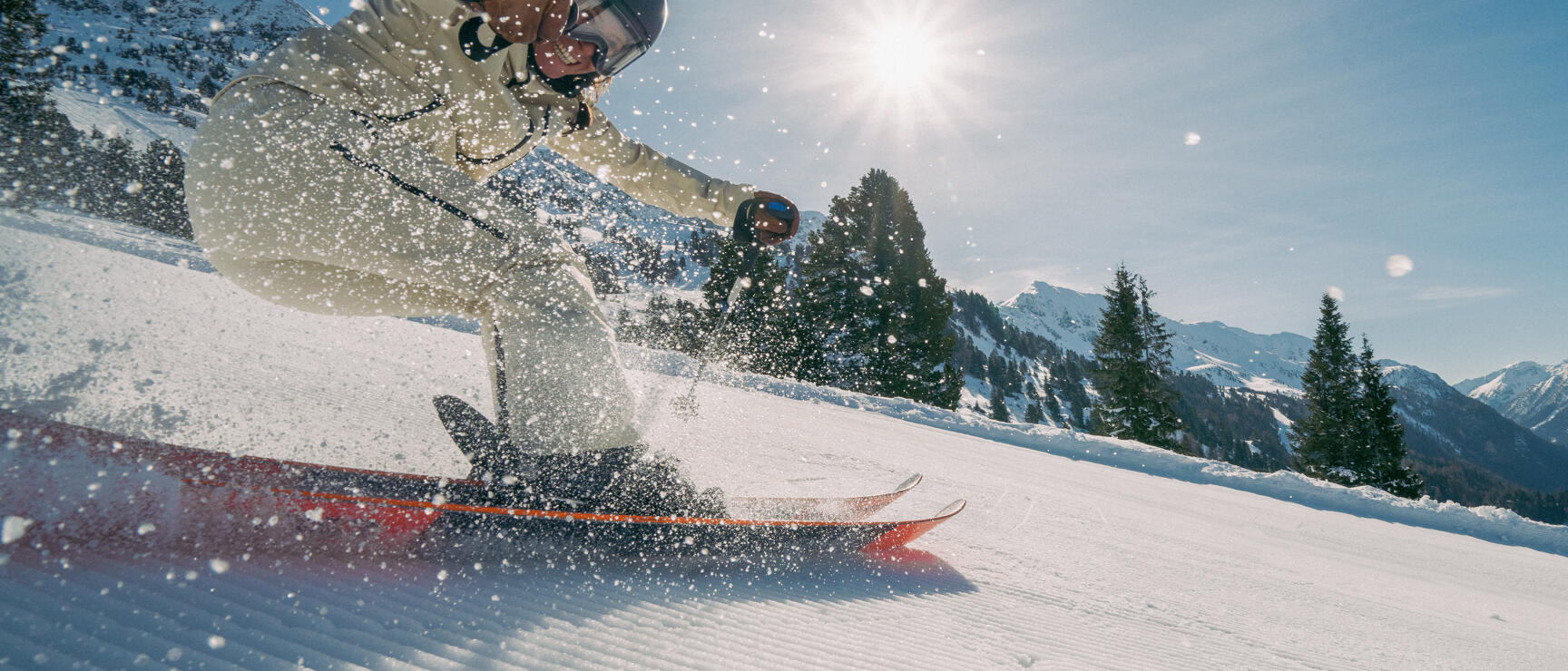
Ski Areas in Austria
Alpine winter full of action
Skiing and snowboarding in Austria: High life in the Alps
Austrians have always loved snow and their mountains, making skiing a cherished tradition. The large ski resorts offer varied slopes and fun parks, ensuring unforgettable ski days and sporty challenges.
The thrill of skiing on a sunny, icy day, admiring the snow-covered peaks, and enjoying Kaiserschmarren at a mountain hut are all part of the Austrian ski holiday experience. Well-maintained slopes, sustainable cable cars, and modern infrastructure complete the snow fun.
This is winter Austrian style.
Austria's ski resorts: Carving and boarding
Night skiing in Austria: Carving under the stars
Learn how to do it right
Austria's ski schools
Smooth carving turns, proper pole technique, and mastering the ski lift—the experts at Austrian ski schools will show you how to do it in no time.
Sustainable winter holidays
How can we make skiing holidays more climate-friendly?
Choose sustainable ski resorts
Book environmentally certified hotels
Plan your journey by train
Use sustainable mobility in the ski resort
Hire eco-friendly ski equipment
Stay on the piste (for the sake of nature)
Enjoy regional, seasonal and organic food
Try out slow winter activities